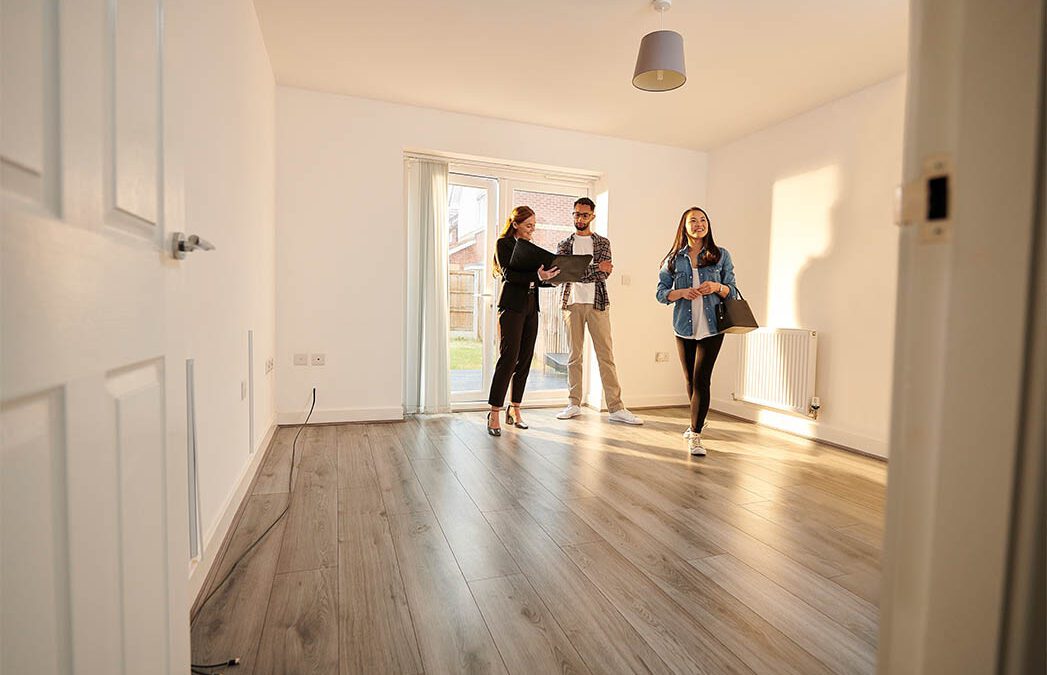 First off, when thinking about real estate investing, a lot of people think about buying properties and reselling them for profit.
First off, when thinking about real estate investing, a lot of people think about buying properties and reselling them for profit.
And that is a fundamental aspect of real estate investing.
Another key aspect: You have to buy it at the right price to sell it at the right price to make the right profit.
A lot of people do not understand how critical that is in any investment approach – buy & sell, buy & hold, or rental property purchase. You have to enter that property at the right price. It is very difficult to buy a rental property at a retail price, perhaps directly off the MLS, and successfully cash flow it. When you are putting down 20% and taking a loan for 80% if you purchase that property at a traditional retail price you may find the rental amount may not sufficiently cover that mortgage amount.
Don’t be fooled by telling yourself, “Hey, I don’t plan on selling this property for an immediate profit. I am going to rent it. Therefore, I can pay full retail.” Maybe you can pay a little more than on a flip type investment. But be very careful. It is still critical to buy those rental or hold properties at a discount to maximize cash flow.
Think before you defer maintenance on rental property
This is not rocket science, but to some it may seem that way.
As a landlord or buy and hold investor, your gut may say, “Hey, the longer I can defer replacing that roof, the more cash flow I am going to enjoy over the long-term. Or, the longer I can defer even cosmetic repairs, which is only going to serve to increase my cash flow and my profit.” I caution you to be very careful with that line of thought.
That deferred maintenance on that roof could save some expense today, but tomorrow could be a much greater expense when it results in water damage, wind damage, or structural damage. Be very careful with the temptation of deferred maintenance to improve your cash flow.
In that same vein, even on the minor cosmetic things, saying, “Hey, we can go another year or two with that carpeting.” Well, that impacts your cash flow in a lot of less obvious ways. That may mean that a tenant decides to leave after a year when he would have stayed if there was new carpet or fresh carpet. He will go off down the street to another property that is more attractive. Now you have a vacancy issue and that will really destroy your cash flow.
Putting off that cosmetic repair may be the one thing that prohibits you from getting the maximum market rent on that property the next time it comes to renew that lease because it’s not appealing to tenants or competitive with what is on the market.
So don’t defer your maintenance or fall into the trap of thinking that is going to equal increased cash flow by saving you maintenance costs. Do the right maintenance. Do the maintenance frequently. Keep the property up to speed. And you will be surprised. That will allow you to keep the tenants in there and keep your market rent in place. That is what drives long-term sustainable, consistent, healthy cash flow.
How to get the best rental rates and cash flow your rental property?
You may be tempted to push your rent beyond the market.
You may have very good logic for it and ultimately if you can get that increased rent or above-market rent it’s going to increase your cash flow. But what you have to consider is that it may take much longer to get a tenant into that property.
Think about the cash flow, or lack thereof, while you are waiting to rent that property for that premium property. Maybe it typically takes 2 to 3 weeks at a market rate in your location to rent a property, but you are going to chart a premium maybe it then takes you 1, 2 or 3 months to get lucky and get that one tenant willing to pay that premium. For that period of time, you have zero cash flow.
Do the math. 1, 2 or 3 months of no cash flow quickly offsets that extra $50 or $100 of cash flow you intended to earn over the course of the year.
On the flip side too, you can be just as easily enticed to price your rental property below the market, thinking you will avoid vacancies. You think, “I will drive consistent and ongoing cash flow. I will be able to sleep at night because I have a tenant in there. Boy, I rented that place in a week.”
Be careful. You put a permanent dent in your cash flow for the life of that lease. Instead of charging fair market rate, you took the easy way out. You got that tenant in there – which is great, you want to avoid vacancies –but you may have underpriced yourself. That is definitely going to hurt your cash flow if you are collecting rents that are below the market rate. Be careful with rent. It’s simple. Charge a fair market rate for the property you have for the condition it is in. Do not be tempted to go too high and don’t be tempted to go too low.
Get the right tenant in your rental to protect cash flow
Make sure you have the right tenant in there. Do the appropriate background checks. It does no good to buy a property at the right price, then put the wrong tenant in there who is not going to perform.
If that tenant does not perform, everything you have done to maximize cash flow is out the door. Perhaps you get them in there, and they vacate the property before the lease is up. Turnover is extremely expensive for buy and hold investors. The tenant is ultimately going to provide you the cash flow for that investment so it makes sense as an investment.
Limit vacancies to get the best cash flow
Buy it right. Maintain it right. Charge the right rent. Get the right tenant. You do those four things right, you will get the maximum cash flow because you are limiting your vacancy. That is the key business element to any buy and hold investor. You have got to limit your vacancy rate. It’s no different than the retail store owner who opens up and has no customers come in for a day. It destroys his business if he cannot get customers in there. It’s no different for a buy and hold residential real estate investor. The most painful time for a landlord or buy and hold investor is when there is no one living in that house. You are now in a negative cash flow position. You have exposed that property to vandalism and deterioration. It defies everything you have set out to do with that particular investment. You have to be obsessed with limiting vacancy in order to maximize cash flow.
Push all 5 buttons to get the best cash flow
There are a lot of buttons and levers to push as set out above in the 5 things. Get them all and get them all in the right place to maximize your cash flow and limit your vacancy. When you do that and perform well across all 5 of these parameters, that is when you have got the successful buy and hold real estate investment in place and you enjoy the power of cash flow.
Then you rent, repeat, and do it again with each of your properties. That is how you achieve true wealth. Get these properties in place, get them managed properly, sit back and enjoy streams of cash as they come through in the form of maximum cash flow.
Hear Kevin Guz discuss this on BlogTalk Radio here.
[hs_form id=”4″]






















0 Comments